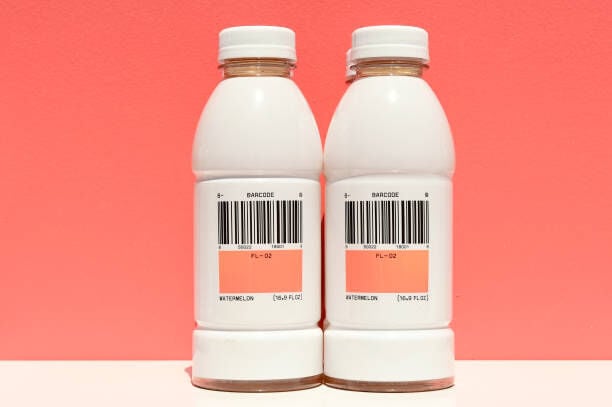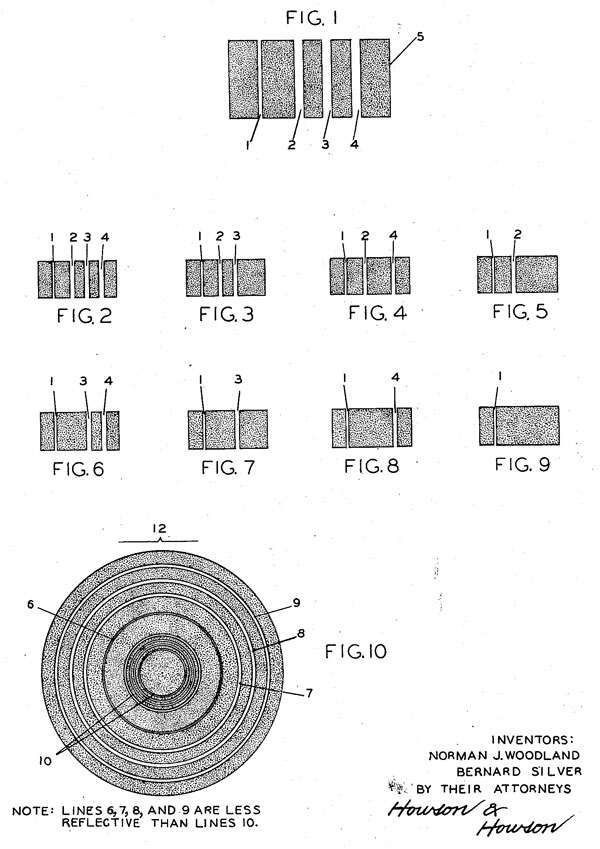I remember before bar codes ....the old lady in the supermarket ...... with the labeller gun .....hitting the products ........then came the barcodes .......
The History And Future Of The Universal Product Code

The first UPC, or Universal Product Code, ever scanned was on a pack of Wrigley's chewing gum. It all happened in Troy, Ohio, on June 26, 1974.
One of the first scanners introduced in 1974 was a helium-neon laser called the “Spectra-Physics Model A price scanner.” The device projects beams that go through a rotating mirror and into a glass plate. A photodiode detects light that reflects from the code and then identifies the product, so long as it’s in the database.
The man behind the great invention was Norman Joseph Woodland. What made his marvelous creation even more fascinating is the fact that he came up with the concept when he was at the beach. Woodland was a military veteran from World War II who worked on the Manhattan Project. He became an expert in Morse code as a means of transferring information electronically. As the idea came to him, Norman sat down on the sand and started drawing dashes of varying width and length. The pattern appeared quite similar to the Morse code he worked with during the war. However, there were some key differences.

From some scratchings in the sand to a fully realized concept, Woodland took the plans to Bernard Silver, his teaching and study colleague from Drexel Institute of Technology. They were granted patent rights on October 7, 1952, which covered all circular and linear bull's eye printing designs.
The pair worked with IBM to develop technology capable of adopting Woodland’s design. However, it wasn't feasible at the time and was therefore sold to Philco the same year the patent was granted. A few months later, RCA bought the license and tried to develop it until it expired in 1969. It was then picked up by the National Association of Food Chains and the entity started working with IBM again. By that time, it was 1971, and technology had advanced a great deal. Woodland was still with IBM when all of this happened, and as fate would have it, played an essential role in developing the UPC. It didn't take long before electronic cash registers run by IBM computers were developed to identify the UPC.
The barcode then spread like wildfire, its system installed in businesses the world over. With the help of the Denso Wave Inc., a Japanese company, the QR code was released in 1994. It was used mostly in shipping and production at first but would eventually make its way to consumers. The use of mobile phones and smartphones expedited the QR code's popularity. The code is projected to gain new uses in the future as AI, AR, and social media continue to develop.

No comments:
Post a Comment